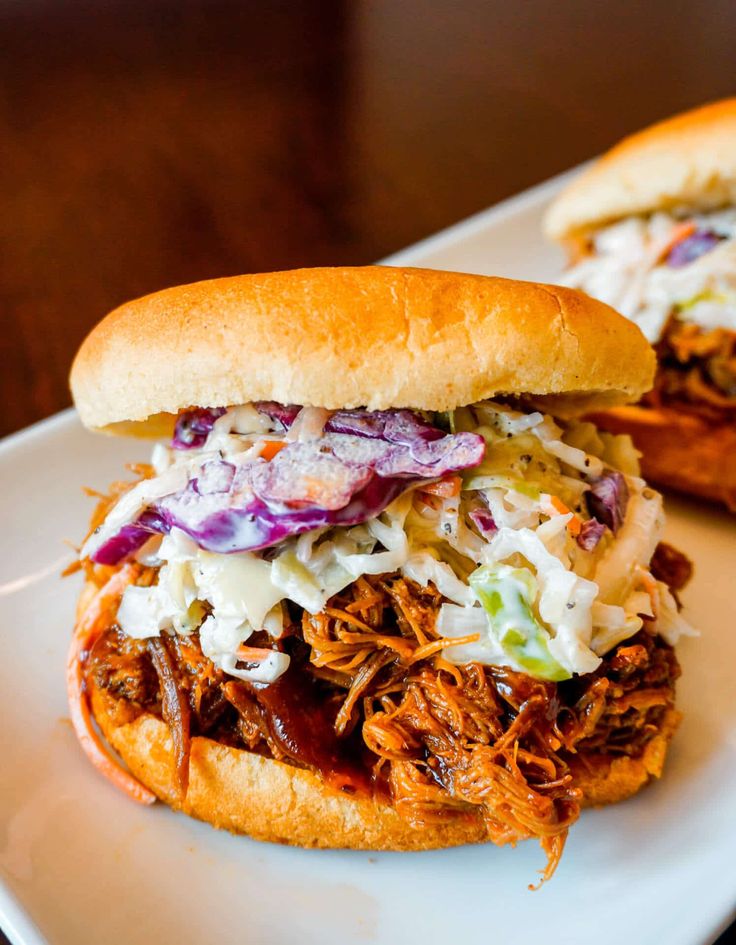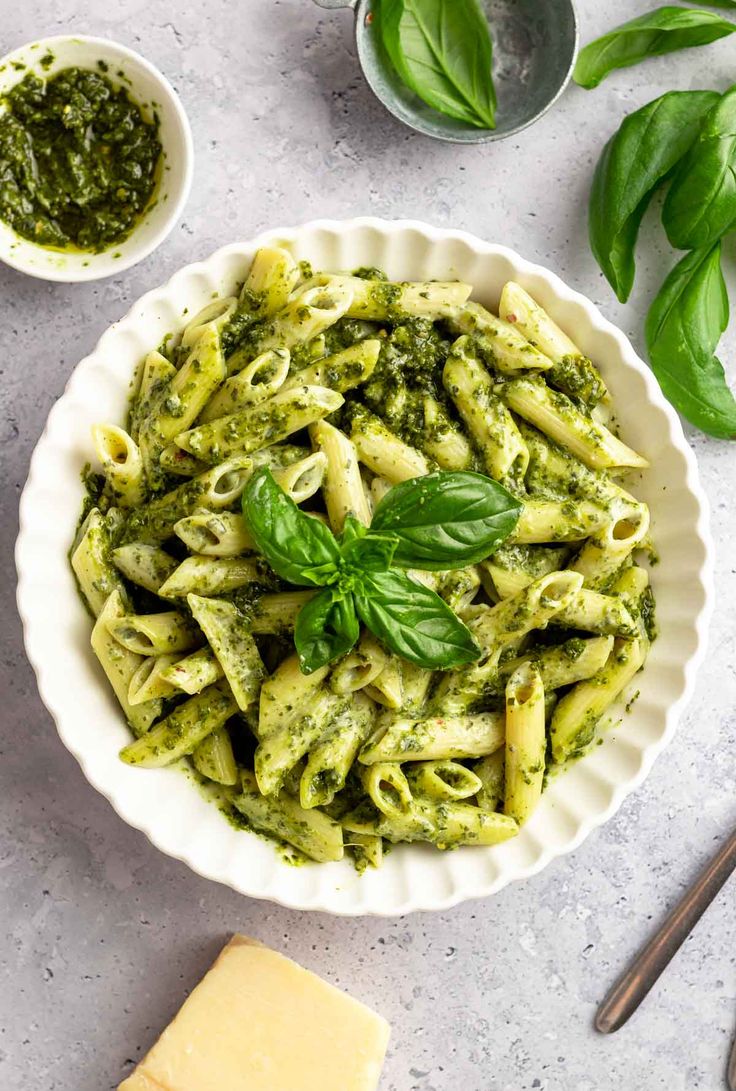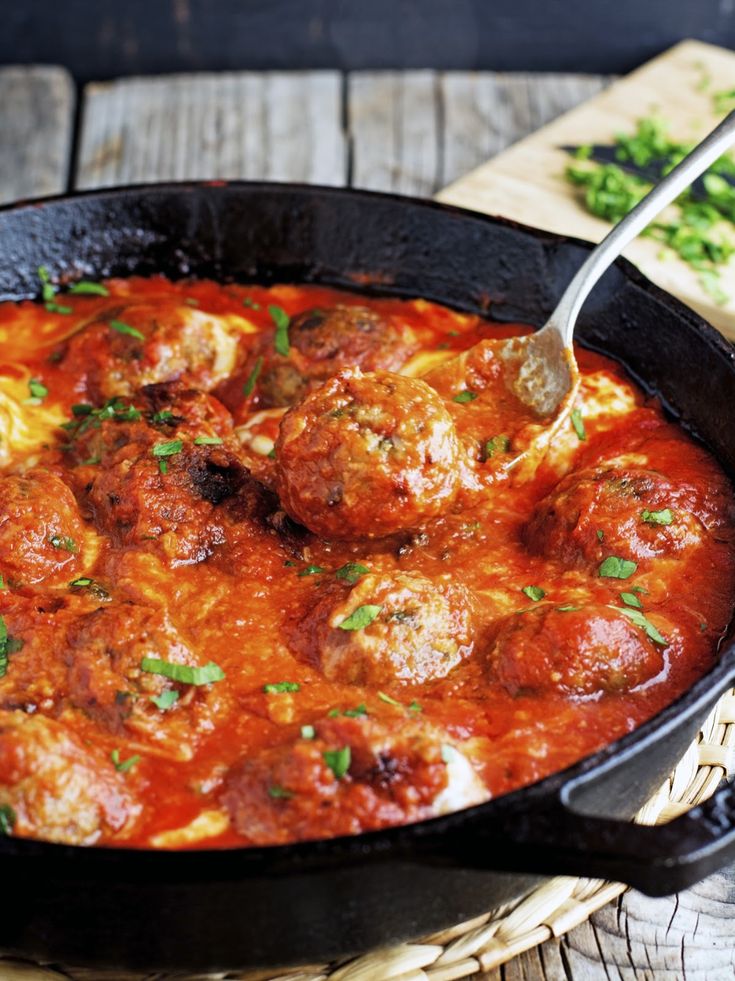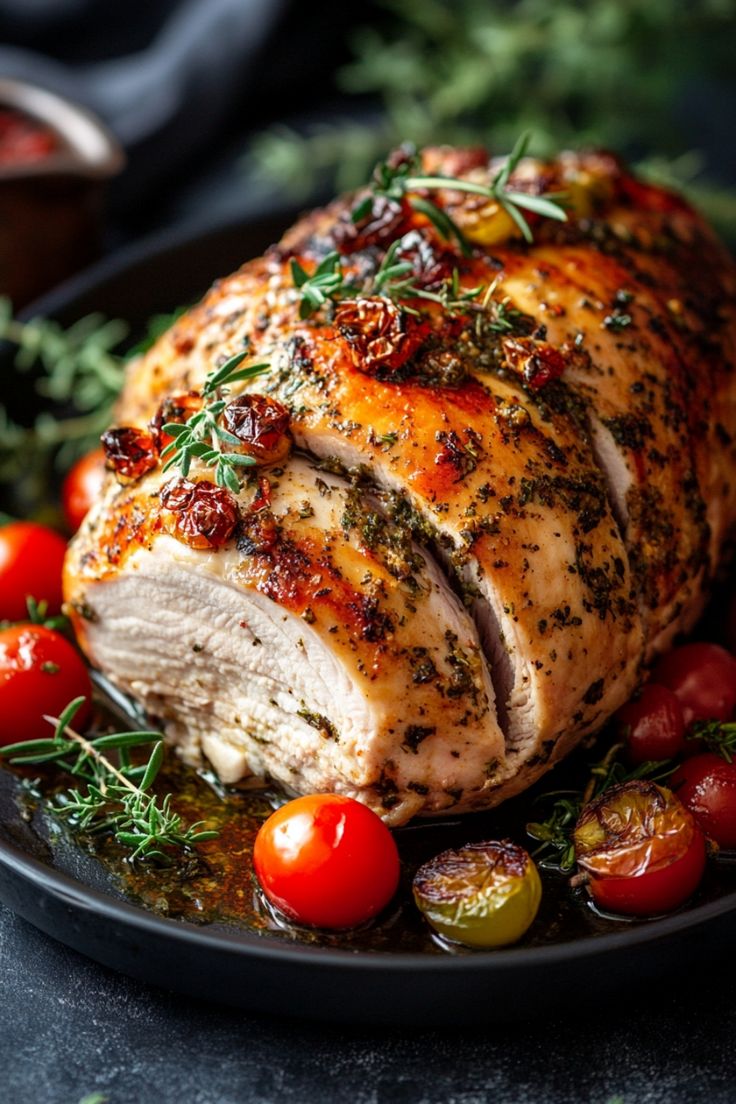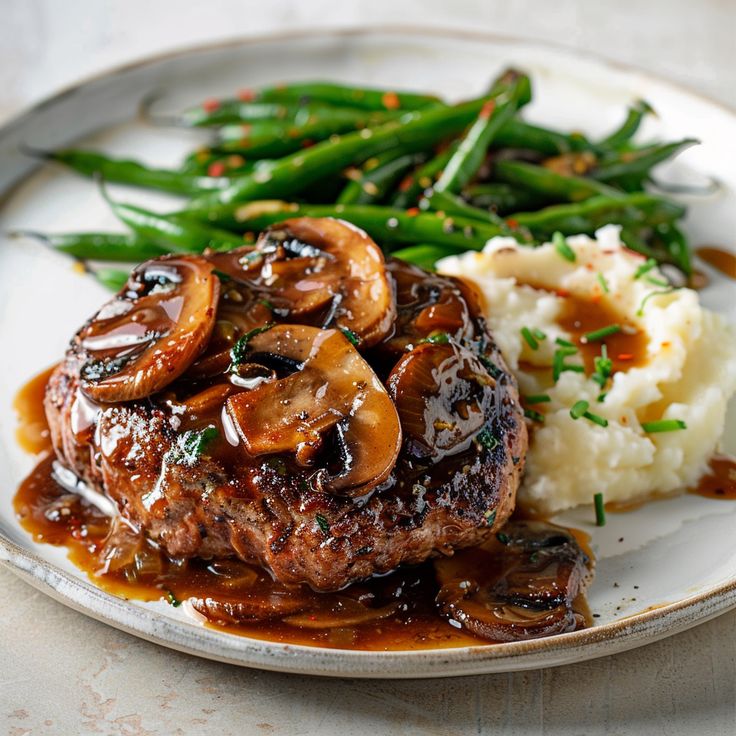Tender Texas Pulled Pork Made Easy: Your Ultimate Slow Cooker Guide
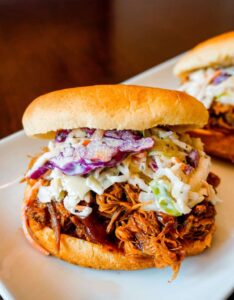
Slow Cooker Texas Pulled Pork
Ingredients:
- For the Pork:
- 4 to 5 pounds of pork shoulder (also known as pork butt)
- 2 tablespoons smoked paprika
- 1 tablespoon garlic powder
- 1 tablespoon onion powder
- 1 tablespoon cumin
- 2 teaspoons chili powder
- 1 teaspoon black pepper
- 1 teaspoon salt
- 1 cup of chicken broth
- 1/2 cup apple cider vinegar
- 1/4 cup Worcestershire sauce
- For Serving:
- Buns (for sandwiches)
- Coleslaw (optional)
- BBQ sauce (optional)
Instructions:
- Prepare the Pork:
- Start by trimming excess fat from the pork shoulder, if necessary. This helps reduce greasiness in the final dish.
- Make the Rub:
- In a small bowl, mix together the smoked paprika, garlic powder, onion powder, cumin, chili powder, black pepper, and salt. This will be your spice rub.
- Season the Pork:
- Rub the spice mixture all over the pork shoulder, making sure to cover all sides for maximum flavor. Let it sit for about 30 minutes to allow the spices to penetrate the meat.
- Set Up the Slow Cooker:
- Pour the chicken broth, apple cider vinegar, and Worcestershire sauce into the bottom of the slow cooker. This mixture will keep the pork moist and infuse it with flavor.
- Slow Cook the Pork:
- Place the seasoned pork shoulder into the slow cooker. Cover and cook on low for 8 to 10 hours, or on high for 4 to 6 hours, until the pork is tender and easily shreds with a fork.
- Shred the Pork:
- Once cooked, carefully remove the pork from the slow cooker and place it on a cutting board. Use two forks to shred the meat into bite-sized pieces. Return the shredded pork to the slow cooker, mixing it with the remaining juices for added flavor.
- Serve:
- Serve the Texas pulled pork on buns, topped with coleslaw and your favorite BBQ sauce, if desired. Enjoy this smoky, tender delight with friends and family!
Tips:
- For a spicier kick, add cayenne pepper to the spice rub.
- Leftover pulled pork can be stored in the refrigerator for up to 4 days or frozen for later use.









